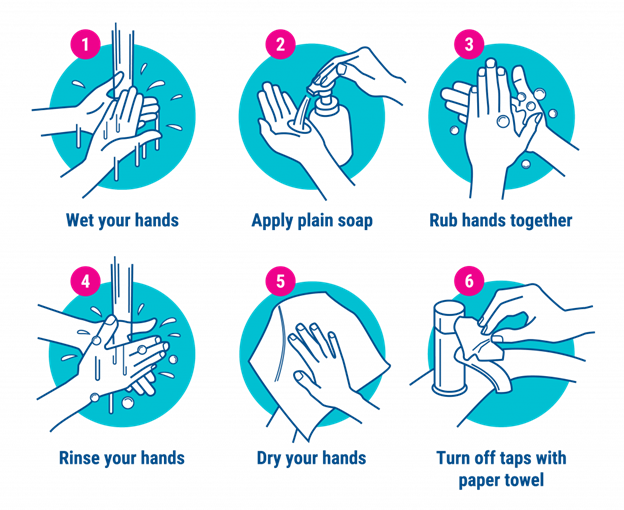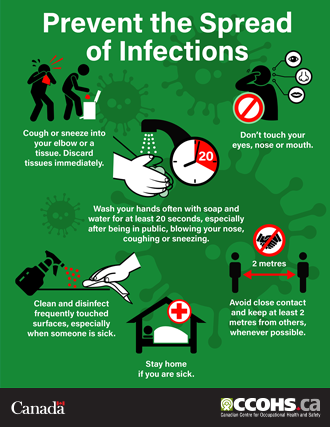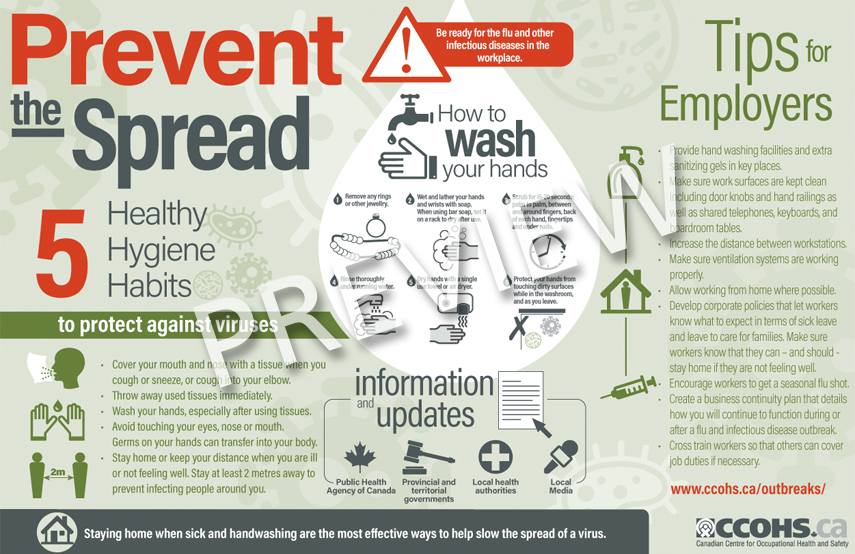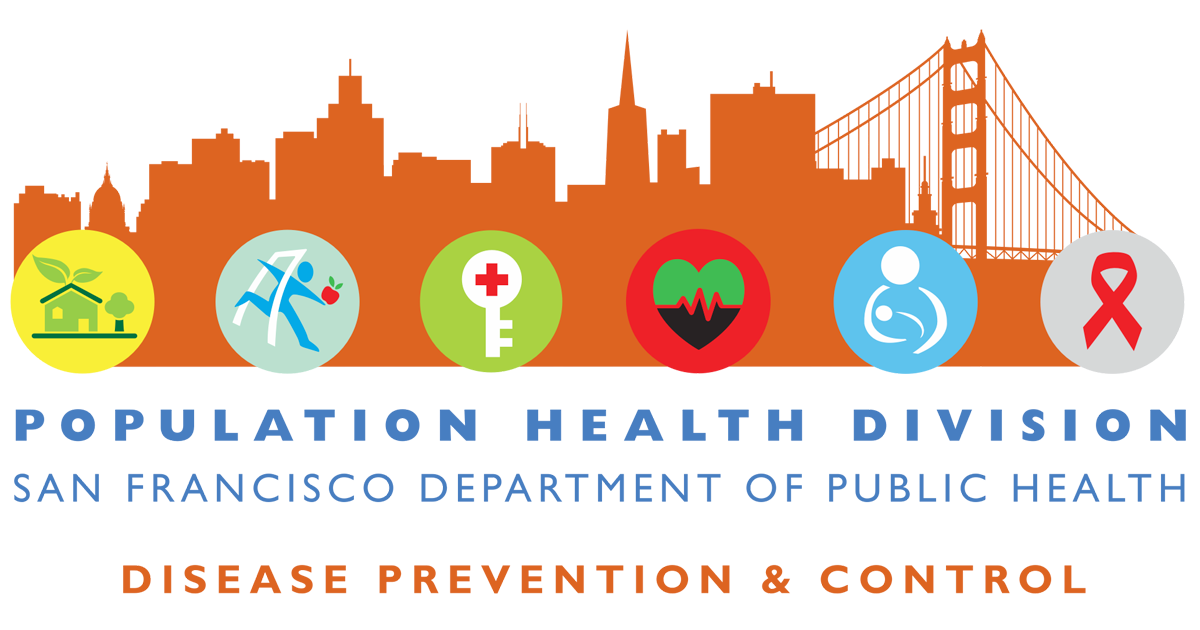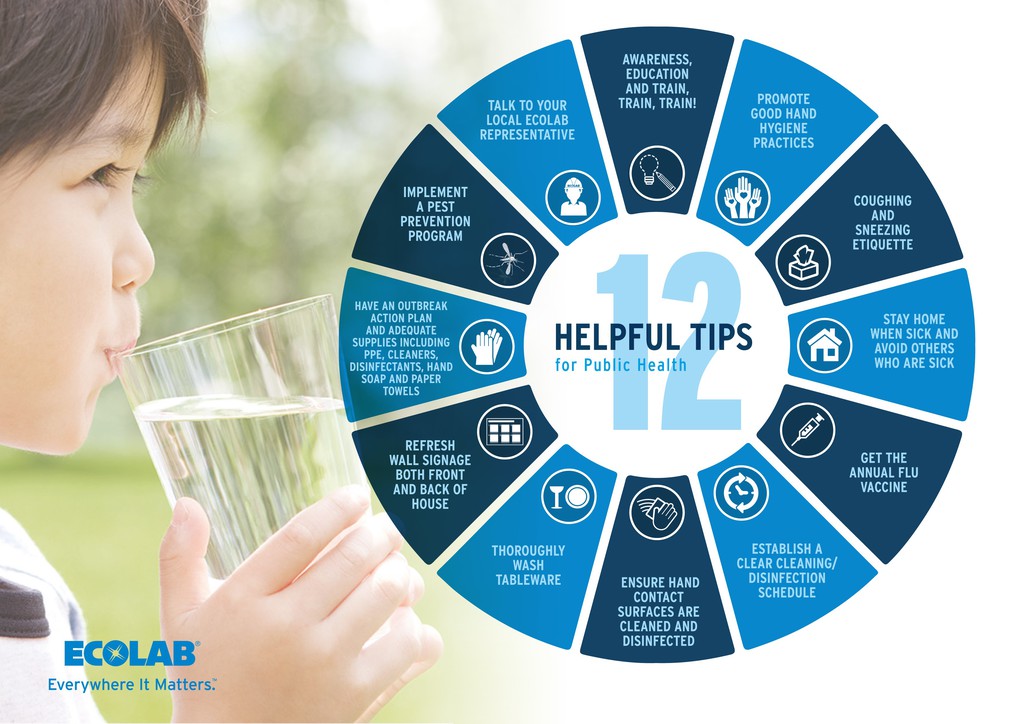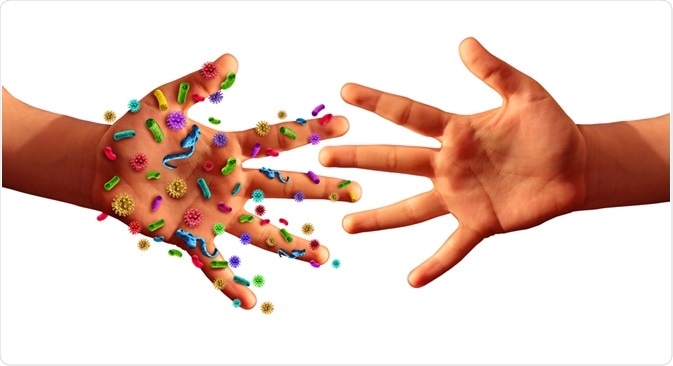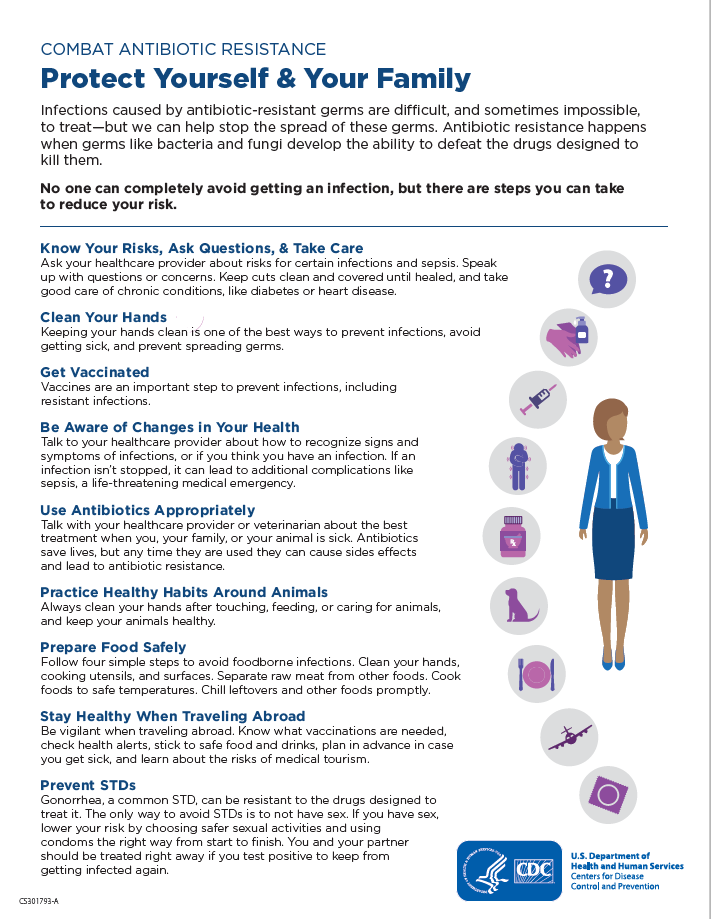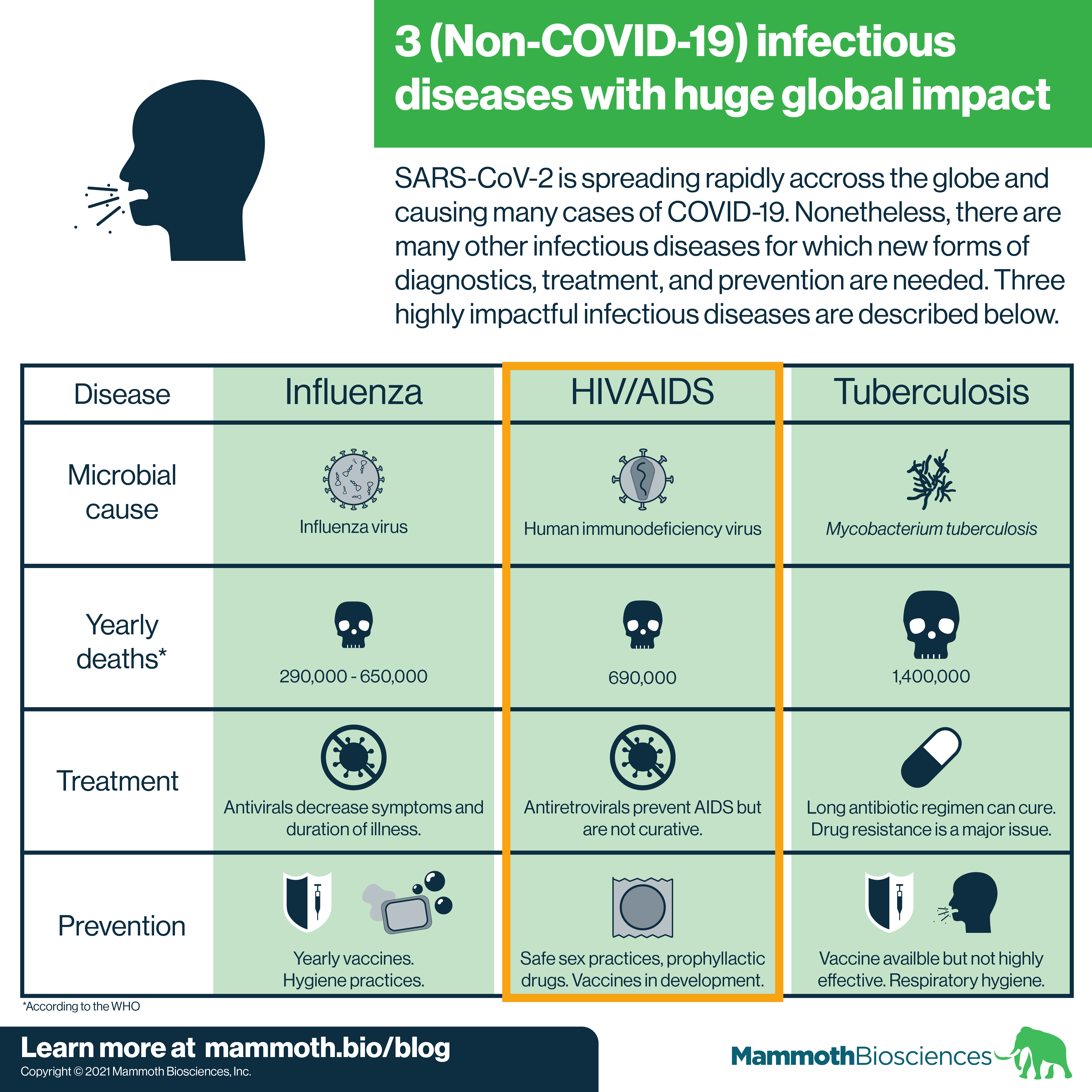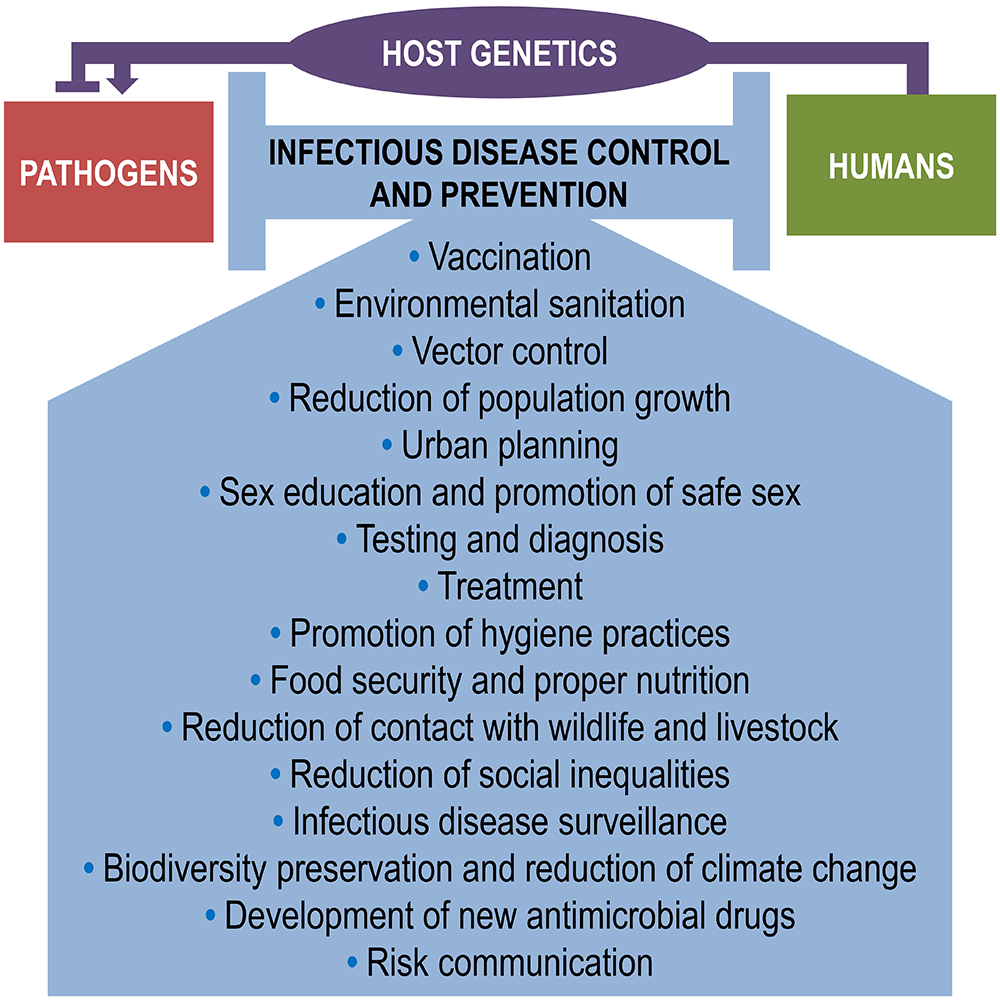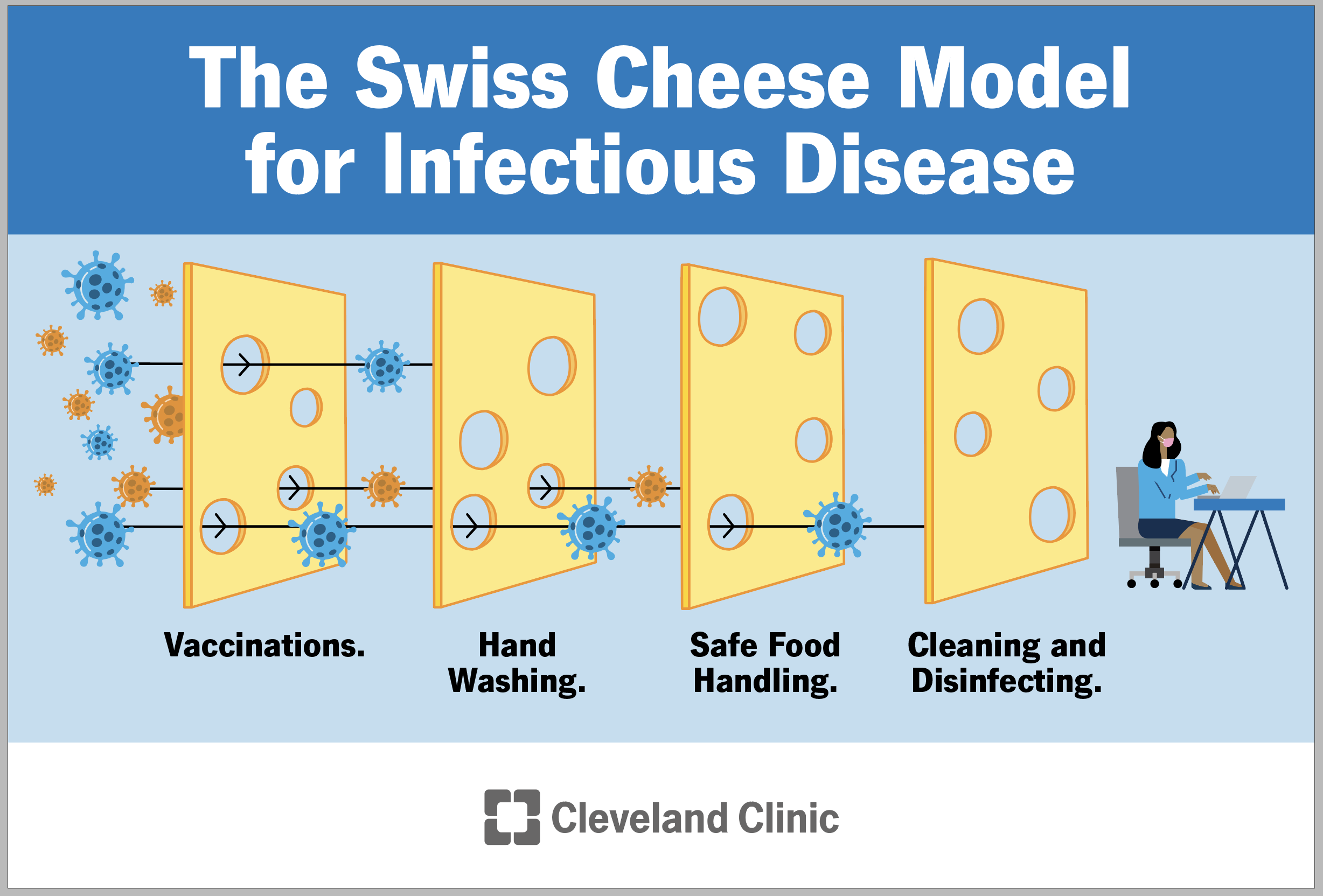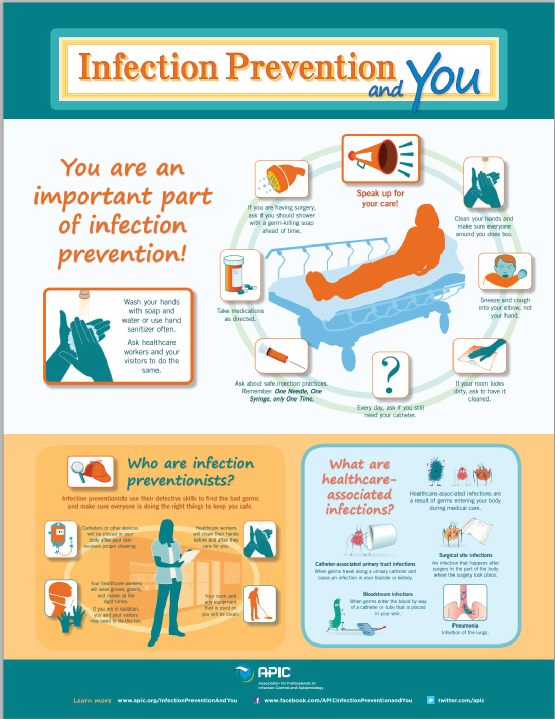Lessons I Learned From Info About How To Prevent Infectious Diseases

For most healthy adults who get rsv, the virus causes symptoms resembling those of a cold or the flu:
How to prevent infectious diseases. Prevention and control of infectious diseases learn about resources for cleaning, respiratory and hand hygiene, and preventing the spread of infections in your early care and education. A strategy for the 21st century are organized under four goals: One of the most effective preventive measures is to exercise regularly.
Among the sensible actions you can take: The disease spreads to humans through the bite of a tick that carries the. Improve methods for gathering and evaluating surveillance data.
The objectives of preventing emerging infectious diseases: You wash your hands frequently.we know, we know…this was. Exercise releases endorphins throughout the bloodstream, which make people feel good, and save them.
Guide to infection prevention for outpatient settings: Depending on the type of infection, there are many ways that infectious diseases can spread. Strengthen infectious disease surveillance and response.
Ensure the use of surveillance data to improve public health. Surveillance and response, applied research, infrastructure and. Use hot, soapy water to wash cutting boards, dishes, utensils, and countertops.
Daily habits provide some of the strongest defenses against infectious diseases. Minimum expectations for safe care. Washing hands with soap and water is the best way to get rid of germs in most situations.
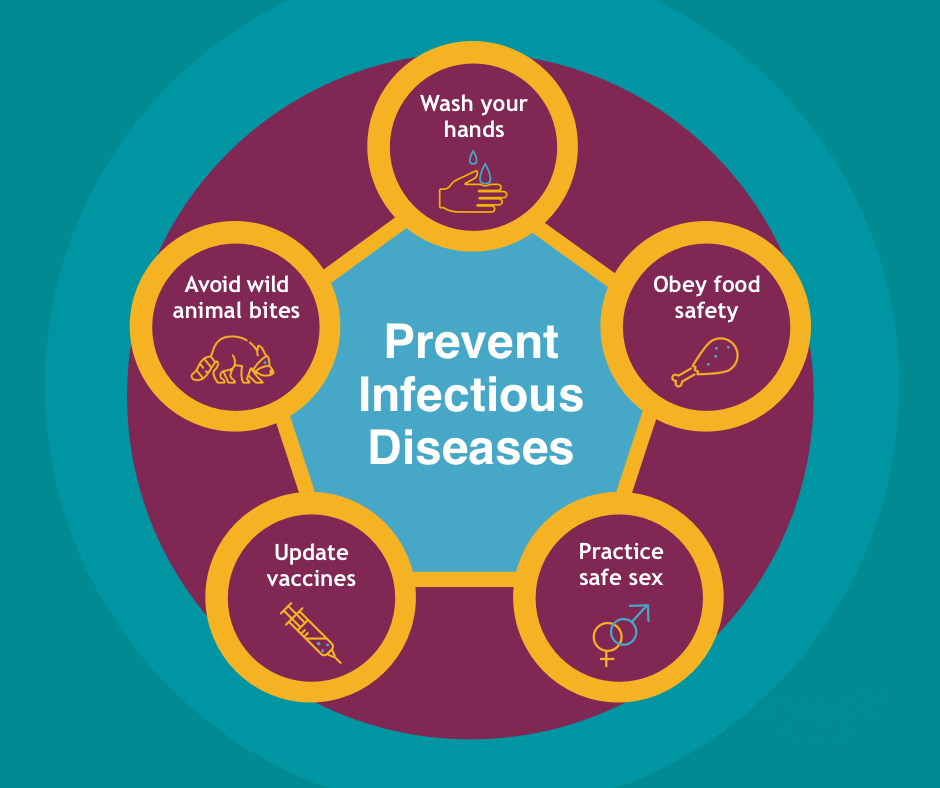
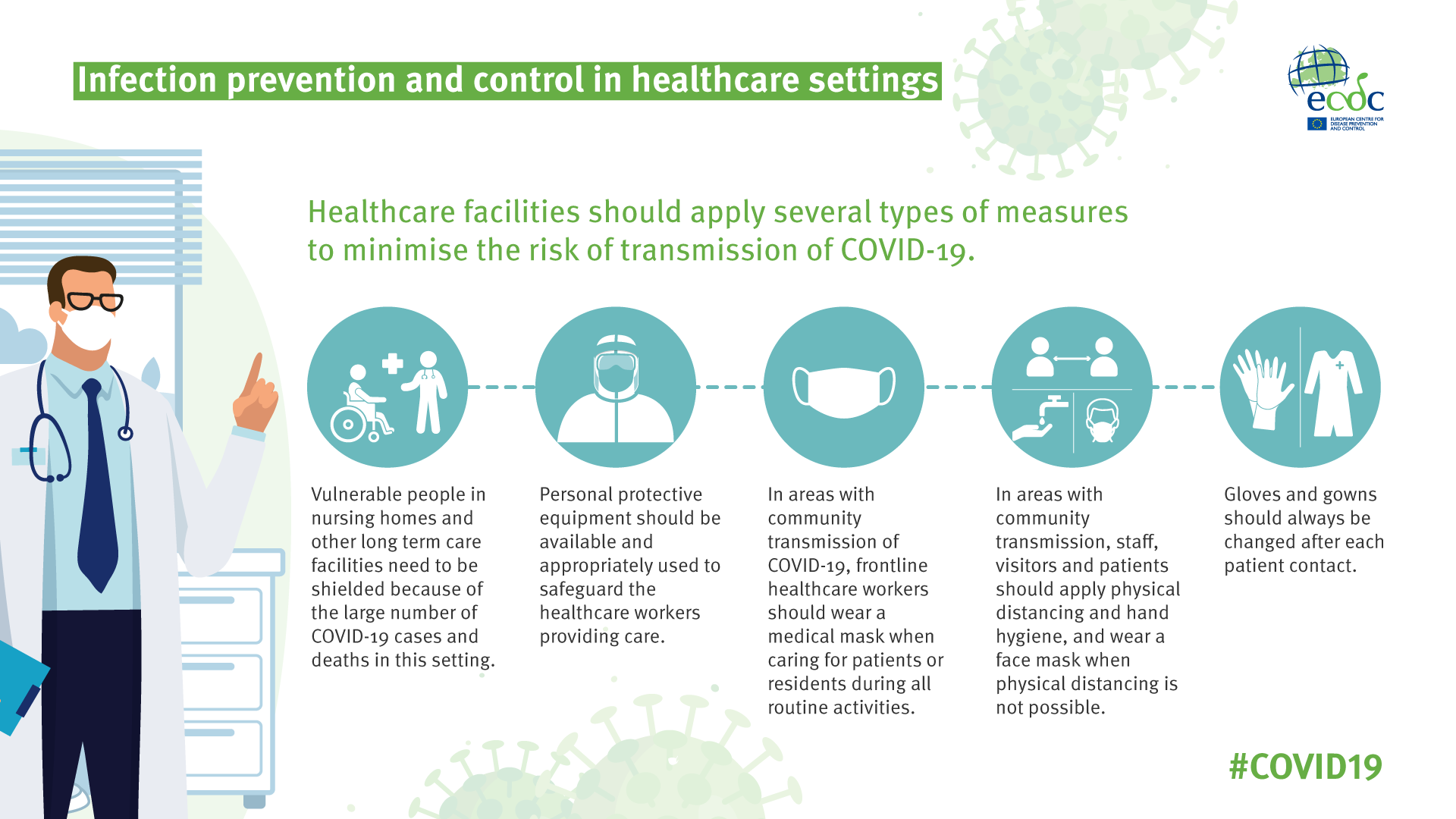
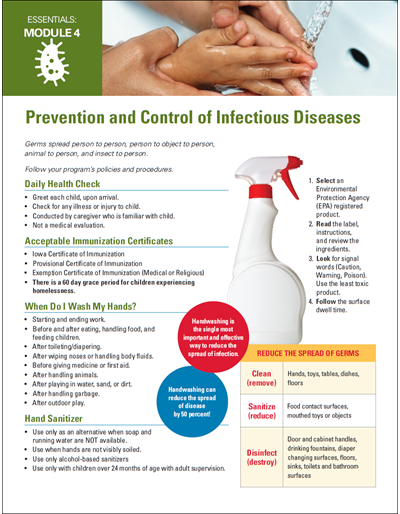

![Poster] 5 Action Rules For Infectious Disease Prevention | Materials | Archives : Kdca](https://www.kdca.go.kr/cdc/cms/content/20/74320_body_1_2.jpg)
